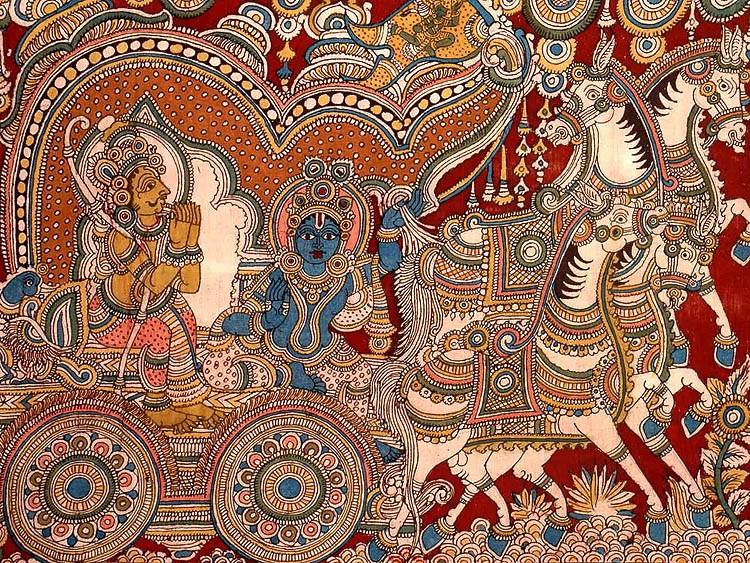3D Hologram Technology
Why in News: Japan has introduced its first new banknotes in twenty years, featuring yen embedded with 3D hologram technology aimed at combating counterfeiting.

About 3D Hologram Technology:
- Definition: It is a virtual three-dimensional image formed through the interference of light beams that replicate real physical objects, maintaining properties like depth and parallax.
- Visibility: Unlike traditional 3D projections, holograms are visible to the naked eye.
- Principle: Utilizes light wave interference and diffraction to capture and reconstruct 3D images of objects.
- Creation Methods: Two main methods exist: computer-generated holograms for augmented reality glasses and physical holograms for optical displays.
- Applications: Widely used in diverse fields such as medicine, military, weather forecasting, virtual reality, digital art, and security.
Role in Preventing Counterfeiting:
- Complexity: The intricate nature of holograms makes them challenging to replicate using conventional methods.
- Security Features: Their unique patterns and properties are difficult to completely mimic, acting as a deterrent to counterfeiters.
- Recognition: Trained personnel can easily identify genuine products by recognizing specific holographic features, aiding in distinguishing them from counterfeit items.
Vampire squid
Why in News: Scientists recently discovered a rare vampire squid, the second known living species, in the deep waters of the South China Sea

About Vampire Squid:
A small (12-inch-long) cephalopod found in deep temperate and tropical seas.
Possesses characteristics of both squid and octopi, occupying its own order in taxonomy (scientific classification).
Habitat:
- Inhabits tropical and subtropical oceans at depths ranging from 300 to 3,000 meters.
- Majority live between 1,500 and 2,500 meters.
- Resides in the oxygen minimum layer of the ocean, where virtually no light penetrates.
Characteristics:
- Has black chromatophores with reddish-brown ones interspersed.
- Unlike other cephalopods, these chromatophores are non-functional due to the loss of muscles needed for rapid color change.
- Shares most features with other octopods and decapods but has adaptations for deep-sea living.
- Equipped with photophores, large circular organs located behind each adult fin and spread over the mantle, funnel, head, and aboral surface.
- Photophores produce luminescent clouds of glowing particles, allowing the squid to glow.
- Possesses proportionally the largest eyes of any animal in the world.
Food Habit: Deep-sea scavengers gravitating toward feces and dead animals.
SEHER Programme
Why in News: NITI Aayog’s Women Entrepreneurship Platform has partnered with Credit Bure to launch the SEHER program.

About SEHER Programme:
- A comprehensive credit education program aimed at enhancing financial literacy and business skills among women entrepreneurs.
- Expected to enable women to access the financial tools necessary for business growth and job creation.
Initiative Details:
- An initiative of NITI Aayog’s Women Entrepreneurship Platform (WEP) in collaboration with TransUnion CIBIL.
- Supports WEP’s goal of improving financing access for women in India’s 63 million MSMEs.
Key Facts about the Women Entrepreneurship Platform (WEP):
Origins:
- Incubated in NITI Aayog in 2018 as an aggregator platform.
- Transitioned to a public-private partnership in 2022 to build a comprehensive ecosystem supporting women entrepreneurs across India.
Objectives:
- Aims to empower women entrepreneurs by overcoming information asymmetry.
- Provides continuous support across different pillars: Entrepreneurship Promotion, Access to Finance, Market Linkage, Training and Skill Development, Mentoring and Networking, and Business Development Services.
Approach:
- Adopts a wide array of interventions focusing on convergence and collaboration with existing stakeholders.
Kalamkari
Why in News: The Kalamkari art form, which once flourished, is now struggling to survive in contemporary times due to the rise of power looms and escalating raw material costs.

About Kalamkari:
Description:
- A highly popular form of hand-painted or block-printed cotton textiles and paintings, practiced in Andhra Pradesh.
- Emerged as a textile tradition during the reign of Qutb Shahis at Golconda in the 16th-17th century.
- Originated in Tilang, the region between present-day Andhra Pradesh and Telangana.
- “Kalam” means pen, while “Kari” means craftsmanship.
Styles:
- Two distinct styles of Kalamkari: Srikalahasti and Pedana.
Pedana Style Kalamkari:
- Also known as Machilipatnam style, involving vegetable-dyed block-printing on fabric.
- Artists print outlines and main features using hand-carved wooden blocks.
- Persian in character due to patronage and proximity to the Mughals and the Golkonda Sultanate.
- Traditional block prints feature motifs such as interlacing patterns of leaves and flowers, cartwheels, and various forms of the lotus flower.
- This style has received a Geographical Indications tag.
Srikalahasti Style:
- Involves using a traditional pen with a brush to draw designs.
- Artisans focus on hand-painted cloth primarily used in temples, to hang behind deities or on chariots.
- Themes often feature mythological figures, reflecting its origins in the temple town.



